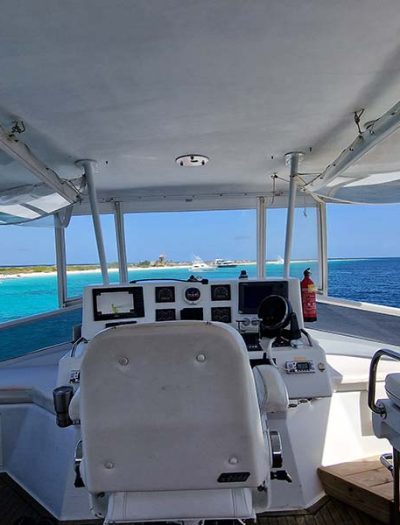Why Stable Voltage Matters in Modern Vehicle and Off-Grid Systems
Whether you’re managing an onboard power system in a truck, camper, or off-grid installation, voltage stability is no longer just a technical detail—it’s a critical factor that determines the reliability and safety of your entire setup. As more systems incorporate sensitive electronics, multiple battery types, and advanced communication equipment, ensuring that each component receives the correct input voltage is essential. This is exactly where a dc-dc converter comes in.
In this article, we’ll explore how dc-dc converters function, why they’re increasingly necessary in modern electrical systems, the different types available—including Samlex’s dedicated categories—and how to choose the right model for your setup.
What Is a DC-DC Converter—and Why Do You Need One?
A dc-dc converter is an electronic device that transforms direct current (DC) from one voltage level to another. This allows you to safely operate low-voltage devices from high-voltage systems, or vice versa, without the risk of damaging equipment or experiencing unstable performance. For example, in vehicles that run on 24V systems but use 12V components, a dc-dc converter steps the voltage down to ensure compatibility.
Key takeaway: A dc-dc converter protects and powers your equipment by delivering the right voltage—regardless of the source.

Samlex Offers 3 Categories of DC-DC Converters
To serve a wide variety of use cases, Samlex offers three distinct categories of dc-dc converters. The Step-Down converters reduces higher DC input to a lower, regulated output—ideal when powering 12V equipment from a 24V or 48V system.
The Step-Up converters increases low voltage to a higher, stable output, useful when devices require more voltage than the source can provide.
The Isolated dc-dc converters adds a layer of electrical separation between input and output, helping prevent ground loops and protect sensitive electronics.
Where DC-DC Converters Are Indispensable
In commercial vehicles, dc-dc converters power low-voltage electronics such as telematics or control modules. In campervans and RVs, they enable smooth operation of devices across mixed-voltage systems. Off-grid environments, such as marine vessels or telecom sites, depend on converters to stabilize output when multiple batteries and sources are used.
They’re also critical for charging a secondary battery bank that operates at a different voltage than the alternator or solar input.
Technical Primer: Buck, Boost, and Isolated Designs
Buck converters, like Samlex’s Step-Down models, reduce voltage. Boost converters increase it, while isolated converters provide galvanic isolation for added safety. In applications with fluctuating input—such as alternator-charged batteries—buck-boost or isolated designs ensure constant, safe output.
Key takeaway: Choosing the correct converter type is essential not only for functionality but also for system longevity and electrical safety.

What to Look for in a DC-DC Converter
Besides voltage range, consider thermal protection, efficiency, and whether your dc-dc converter supports lithium or AGM battery charging. High efficiency reduces heat, and isolated models prevent interference. Samlex converters are built to deliver reliable performance under demanding conditions, from engine compartments to marine bulkheads.
Request a quote
Whether you’re navigating coastal waters or embarking on an extended ocean voyage, Samlex Europe has the power conversion products you need to keep your vehicles running at its best. Contact us today to learn more about our products and how we can help you stay powered up at sea.
Get in touch with us to explore how our solutions can keep you powered and connected, no matter where your journey takes you.

